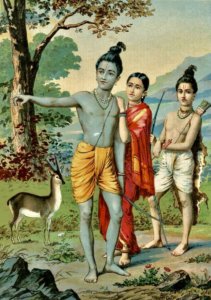The Texts and Traditions (in Sanskrit called Shastra and Sampradaya) area is a collection of courses that take the student at HUA into a much deeper exploration of individual knowledge systems rooted in and emerging from Hindu thought. Hindu knowledge traditions refer to the knowledge, innovations, and practices of indigenous and local communities developed from experience gained over the centuries and adapted to the local culture and environment and transmitted both orally and through formal text-based teaching from generation to generation, across very long spans of time. Including courses on Vedānta, Yoga, Āyurveda, Jyotiṣa, Vāstu, and Tantra, these courses allow students to develop a deep specialization in areas of interest to them.
The immersion in these knowledge systems, which include structured opportunities for study abroad, help students to not merely understand the authentic and original intent behind these traditions, but also investigate their content with a view towards assessing their significance for the communities that still preserve and sustain them, their relevance for our contemporary world, and the value they could hold for the future of humanity. This area of study also includes the exploration of the life and works of modern masters of Hindu Dharma, who have made an enormous impact on contemporary Hindu life and society. Students can immerse themselves deeply into the life of a single great Master, or survey a collection of masterworks, and their inter-relations.
Further developing the idea of Sampradāya i.e. tradition, this area of study explores the history and continuity of Hindu thought across the vast eons of time, from their Vedic roots to the ongoing unfolding of Hindu ideas, from a comparative and contemporary standpoint. It also enables research into the intersections and confluences where Hindu thought has migrated globally through the inspiration of these modern masters and movements, to generate new expressions and forms in non-Hindu societies and communities.

Mahābhārata I: The Beginning and End
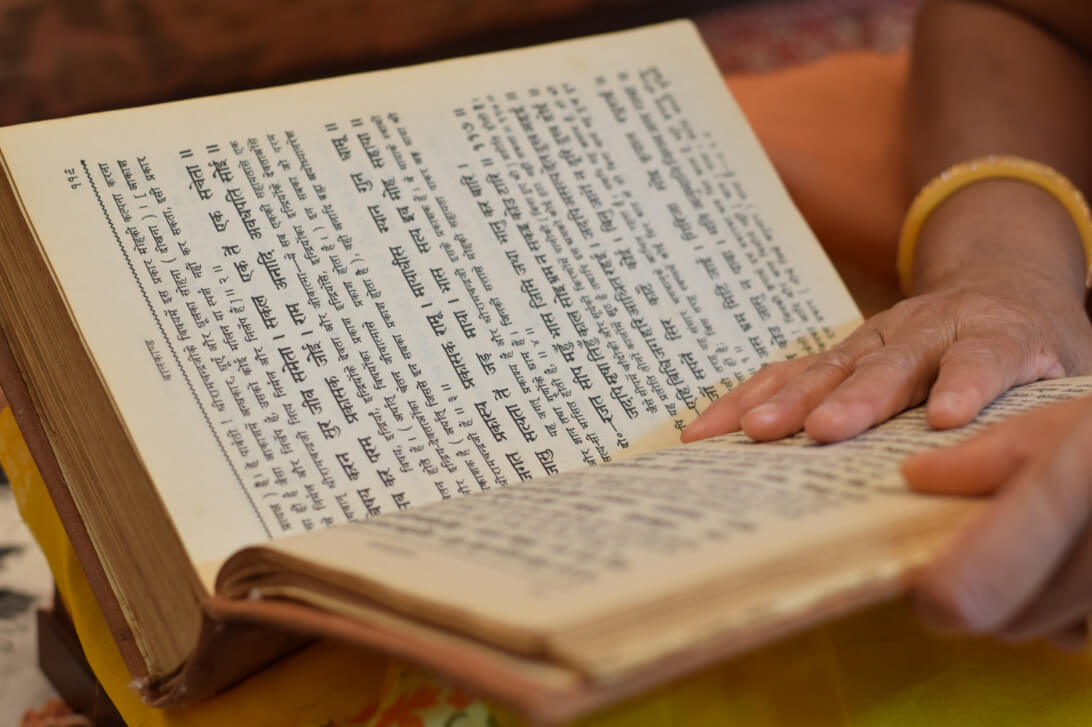
IsA-vAsya Upanishad – The Three Vedantic Perspectives

Adhyasa bhasya of Adi Sankara

Nyaya Darshana Part – 1
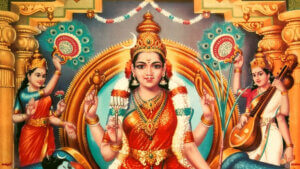
Lalitha Sahasranama Stotram Part 2
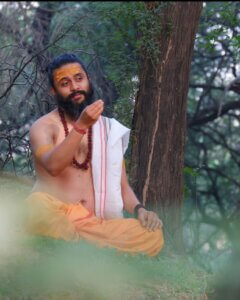
Vedantasara of Sadananda Part 2
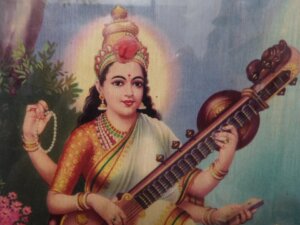
The History of Shastriya Sangeet
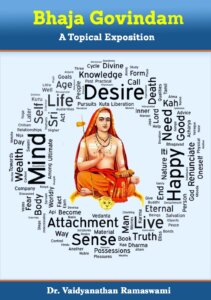
Bhaja Govindam – A Topical Approach
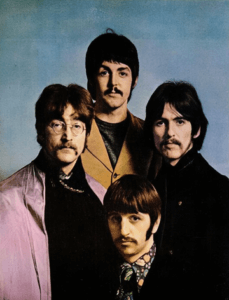
Across the Universe: Hindu Dharma and Western Creative Arts

Vishnu Sahasranama Stotram

Ayurveda – Essential Nutrition

Disease through the Lens of Ayurveda
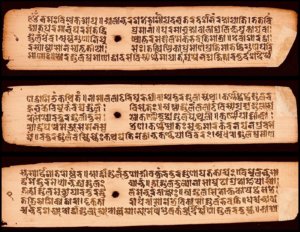
Introduction to the daśaśāntimantras

Ayurveda – Advanced Nutrition

Understanding the Vedas

Lalitha Sahasranama Stotram Part 1
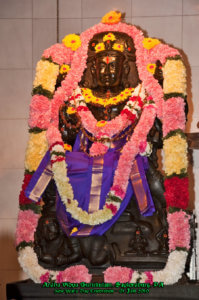
Daksinamurtistotram by Adi Sankara
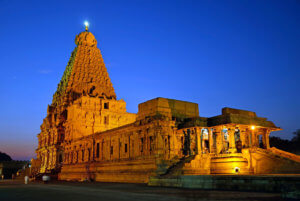
Hindu Temples and Traditions
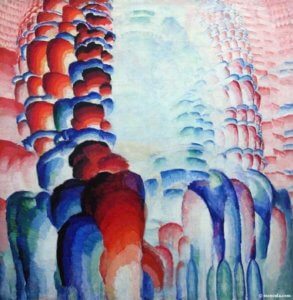
Mahābhārata V: Bhakti and Contemporary Hinduism
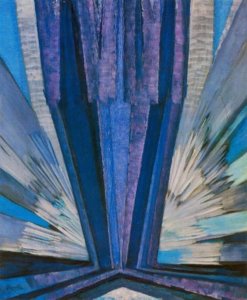
Mahabharata IV: Epic Philosophy

Ayurveda – The Wisdom of Wellbeing

Introduction to the dasasantimantras

The History of Shastriya Sangeet

Indian and Western Music Traditions – A Comparative Study

Mahabharata III: War Books
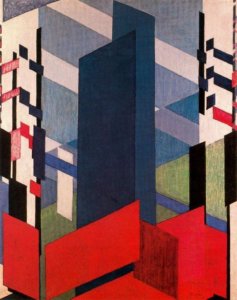
History of Dharmaśāstras II

Brahmasūtras
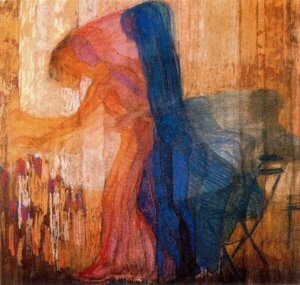
The Mahabharata II: Dicing and Exile
